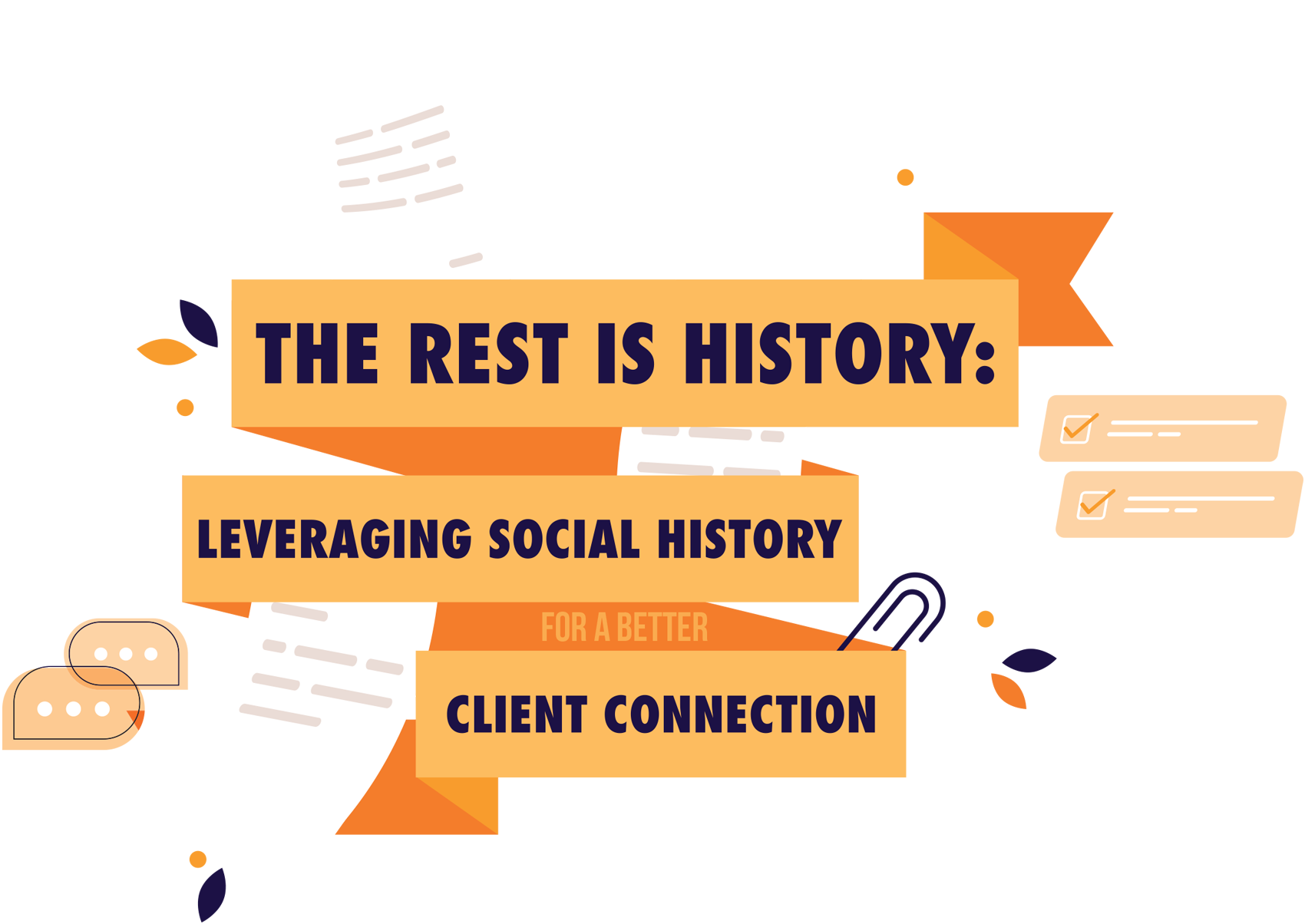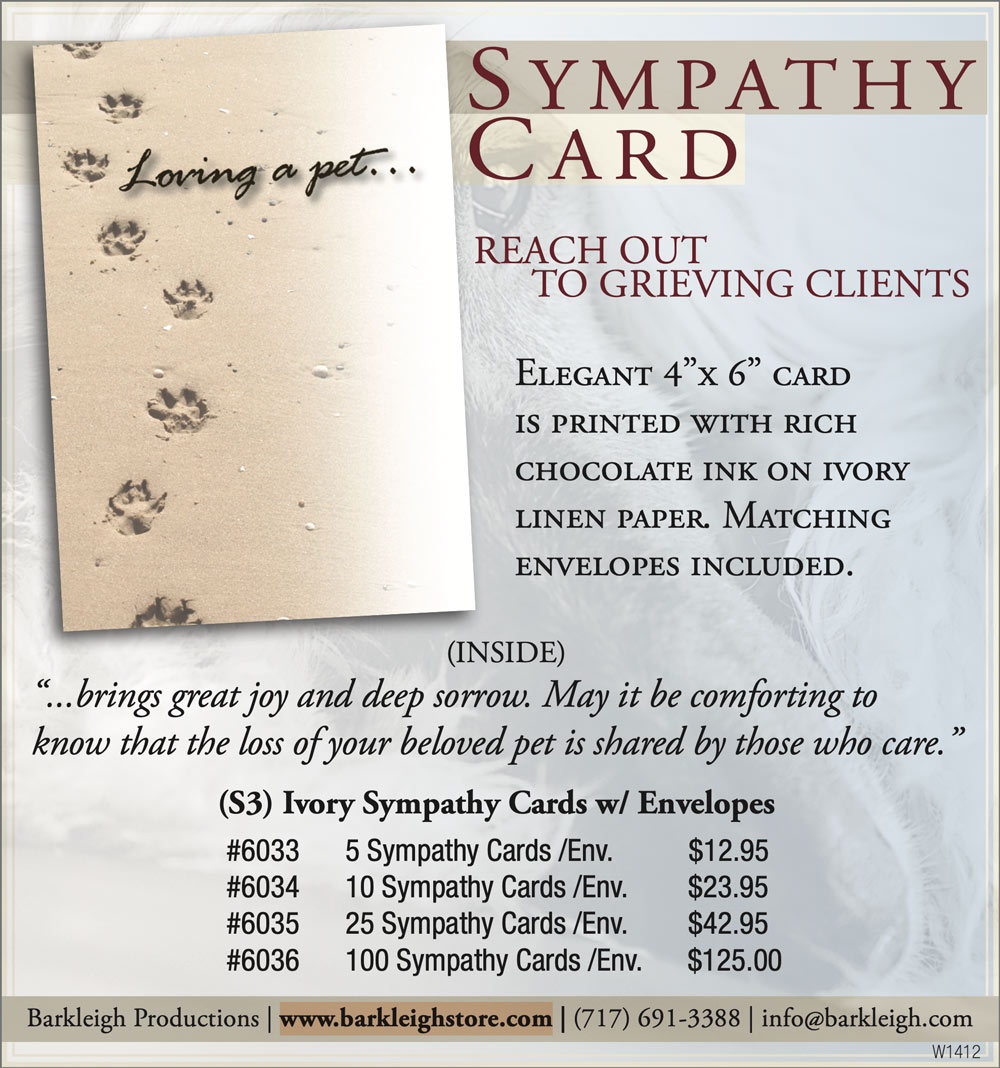



ou can feel your internal temperature rising and a bead of perspiration beginning to erupt on your forehead. Your toes curl, your muscles get tense and your jaw clenches slightly. Your body is naturally responding to the news that three walk-in consults have just walked through the door. You’re the only attending clinician, and in the back of your mind, you know you still have seven critical phone calls to make. Time is scarce.
Like most days, you want to move through your appointments smoothly, but now there is a new sense of urgency. You’re looking to shave off a few minutes; however, a social history should not be where you should start shaving.
In these stressful situations, there is a natural urge to find ways to increase efficiency. Some will look to skip a social history to save time, but a social history is a crucial component of the consultation. It is a critical part of providing a great client experience and vitally important to increase client compliance.
![]() What Is A Social History?
What Is A Social History?
In short, a social history in veterinary medicine is a way to understand the complex relationship between the pet and the client in a better context. Social histories help to understand the factors outside of the pet’s own biology that influence its health, including contextualizing where the pet lives with external factors that impact its health.
If your body language connotes your patience and solicitude, your client will feel like their time is being respected. Simply pulling up a chair, a stool or sitting on the floor will be a welcome and ostensible sign that you are prepared to listen. Having a client in your hospital is similar to having a guest in your home. If you or your guest stood during their entire visit, neither of you would feel welcome. Indeed, a well-known study1 conducted with human emergency clinicians revealed that sitting down provided a better patient experience than standing. If there is no chair in the room or if you are unable to sit due to physical limitations, then leaving the room to get a stool or leaning against a cabinet and relaxing your arms are clear signs that you are open to listening. Putting down your pen, making eye contact, unfolding your arms and removing physical barriers (i.e., exam table, scale, etc.) are all strong signs that you are doing your best to give your client your undivided attention.
Read the room. As a clinician, you may enter a room filled with friends, family and other people who have a strong emotional connection to their species-diverse family members. Be sure to greet everyone in the room and share your attention with all in attendance. Although not everyone in the room is financially responsible for medical decision making, they are certainly decision influencers.
Ignoring others in the room—albeit inadvertently—may be perceived as rude and it could create a latent emotional disconnect. The affectional gulf that is created may lead to questions about your competence and bedside manner. Veterinarians typically have an intrinsic urbanity, so embracing your desire to be kind and courteous will be natural.
Get acquainted. A social history and a medical history are both portions of the medical record; however, they are distinct entities. If recording a medical history is like conducting an interview, then gaining a social history is more like having a conversation. Leverage the best aspects of your personality and allow your charisma to bubble to the surface. The goal is to get to know the person in front of you as if you are building the foundation of a long-term relationship and getting to share your common humanity.
Instead of just asking medical questions, ask them how long they have had their pet and the details related to their arrival. Ask them how many pets they have had in their lifetime and if they have ever experienced a pet illness. Ask them what their favorite activities are to do together and where they have traveled together. The touching stories and biographical details about their pet will be truly remarkable. Through this process you’ll learn more about their pet, but you’ll also uncover more about the people that love them.
Record and Retain. It’s impossible to remember the social history of every client. Make the information you gather from social history is as enduring and impactful as possible by creating a sub folder or a designated category in the EMR to store this information. These details will remind you of previous conversations which you can then use for subsequent interactions. Information from the social history can also be forwarded to other clinicians who will be managing the case which will give them a head start on establishing a deep and meaningful VCPR.
Ironically, recording a social history is often deprioritized during a consultation when it could be just as, or even more, important than gaining a medical history. Social histories will become more fluid with practice and consistency.
The practice of gathering a social history can be a vehicle for deeply connecting with clients in the exam room and making better medical decisions for your patients. Ultimately, a thorough social history increases access to veterinary care, decreases the Veterinary Health Gap2 and enhances your impact on your patients’ lives.
- Orloski, CJ., Tabakin, ER., et. al. Grab a Seat! Nudging Providers to Sit Improves the Patient Experience in the Emergency Department. Journal of Patient Experience. 2019;6(2):110-116. doi:10.1177/2374373518778862
- Campbell, C. The veterinary health gap. dvm360 February 2023, Volume 54, Issue 2. https://www.dvm360.com/view/the-veterinary-health-ga


